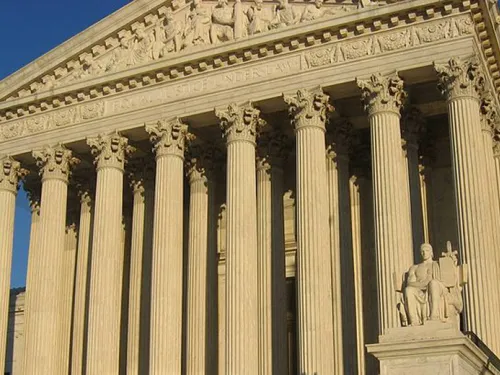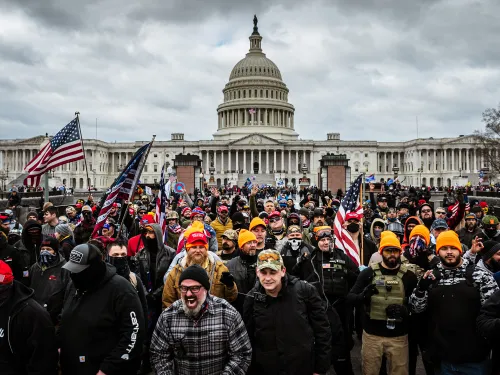by: Oren Segal
June 24, 2016
This weekend marks the third anniversary of Shelby County v. Holder, in which the Supreme Court, by a narrow 5-4 margin, struck down key
protections of the landmark Voting Rights Act of 1965 (VRA), essentially gutting the heart of the nation’s most important and effective civil rights law. We were reminded of the dangerous struggles to enact this law when, earlier this week, the Department of Justice closed its investigation into the murders of three civil rights workers (Andrew Goodman, Michael Schwerner, and James Chaney) killed by the Klan as they were working to register voters in Mississippi in June, 1964.
Section 5 of the VRA requires that, in certain jurisdictions with a history of discriminatory voting practices, the federal government must approve any changes in election laws, such as changes in polling site locations and redrawing congressional district lines. The jurisdictions that were required to submit changes were determined by a formula based on a history of discriminatory voting practices. The Court held this formula unconstitutional, saying that the formula was out of date. In doing so, the Court substituted its views for Congress’s own very extensive hearings and findings conducted in 2006 when Congress almost unanimously voted to reauthorize the VRA for another 25 years. In Shelby County, the Court specifically invited Congress to create a new coverage formula.
Justice Ginsburg’s powerful dissent in the case analogized striking down key parts of the VRA to “throwing away your umbrella in a rainstorm because you are not getting wet.” Unfortunately, Justice Ginsburg’s prediction that, without the protections of the VRA, voter suppression problems would again rain down on those formerly covered jurisdictions, has proven quite prescient.
In fact, there is growing evidence that the ruling has had a devastating impact on ballot access and voting rights in those previously-covered VRA jurisdictions. A discriminatory redistricting plan and harsh voter ID law in Texas – which had been part of submitted plans that the Justice Department and federal courts had specifically refused to preclear the previous year – threaten to disenfranchise hundreds of thousands of eligible African American and Latino voters. In Alabama, following the enactment of a restrictive voter ID law, DMV offices were closed in counties with some of the highest minority populations, making it much more difficult to obtain IDs necessary to vote. North Carolina passed one of the harshest, most restrictive voting laws in the country. And in Arizona we saw in the primary election earlier this year that thousands of people could not vote because Maricopa County, the largest county in the state, dropped from more than 400 polling places to just 60. Overall in 2016, according to the Brennan Center for Justice, 17 states have new voting restrictions in place.
Now, as voters face the prospect of the first Presidential election in 50 years without the robust protections of the VRA, there are dire discriminatory warning signs – unless Congress acts,
A bipartisan bill pending now before Congress, the Voting Rights Advancement Act, would create a modern formula for preclearance and put in place much-needed voting rights protections. On this third anniversary of Shelby County, all Americans should learn about the important legacy of the VRA – and take action to urge Congress to restore the full vitality of the VRA by enacting the Voting Rights Advancement Act.









